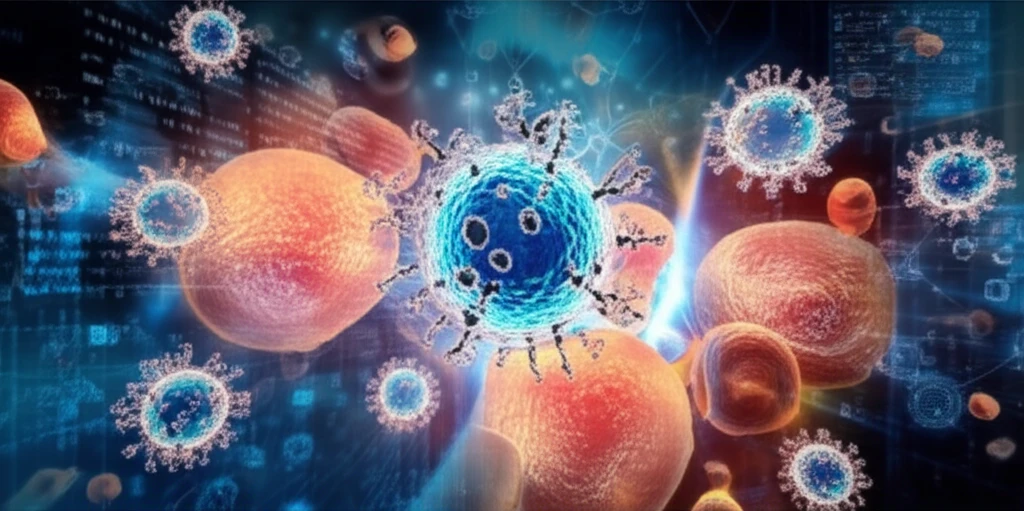
Unlocking HIV Cure: New Insights into Reservoir Depletion
"Can Allo-HSCT with Wild-Type Donor Cells Pave the Way for HIV Remission?"
The quest to cure HIV has seen a monumental breakthrough with the case of Timothy Ray Brown, who was cured of both HIV and cancer through an allogeneic hematopoietic stem cell transplant (allo-HSCT). While the exact mechanisms remain a subject of intense investigation, Brown's case ignited a wave of research focused on replicating this success.
A pivotal hypothesis emerged: that the transplant of cells from a donor with a mutated CCR5 coreceptor—rendering the cells resistant to HIV—played a crucial role. This success, once deemed impossible, spurred efforts to explore similar and alternative strategies.
Recent advancements have allowed for the maintenance of HIV replication suppression through antiretroviral therapy (ART) without hindering the engraftment of allogeneic donor stem cells. This has paved the way for evaluating potential HIV cures in patients undergoing allo-HSCT with CCR5 wild-type donor cells while under ART's protective cover. Remarkably, studies have observed reservoir depletion to levels previously unseen with other interventions, though delayed viral rebound after ART cessation has been noted. This reinforces the complexity of achieving a complete cure and highlights the knowledge gaps that still exist.
The Allo-HSCT Advantage: Depleting HIV Reservoirs

Salgado and colleagues have contributed significantly to this field by studying a large cohort of HIV-infected patients undergoing allo-HSCT with CCR5 wild-type donor cells for hematologic diseases. Their research delves into the question of how allo-HSCT, even with wild-type donor cells, can lead to such radical depletion of latent HIV reservoirs.
- Pretransplant conditioning (immunosuppression): The intensity of immunosuppression before transplant may play a role.
- Posttransplant immune activation: Immune responses following the transplant could stimulate the reactivation of latent HIV genomes, making them susceptible to clearance.
- Alloreactivity of donor immune cells: Donor immune cells might target and eliminate HIV-infected recipient cells, a phenomenon termed a "graft-versus-HIV-reservoir" effect.
Immunity's Role and Future Directions
The importance of immunity in controlling HIV is further supported by studies examining other approaches to HIV remission and cure. These studies highlight the critical contribution of autologous immune responses in delaying viral rebound after ART is stopped. Research into the characteristics of these "rebound-delaying" autologous immune responses is essential to understanding how they slow active virus replication and potentially clear reservoir cells.
The findings from allo-HSCT studies, along with other research showing the potential for delayed viral rebound in specific patient populations, suggest that some individuals may have reliably reduced reservoirs. This could make them ideal candidates for clinical trials evaluating strategies for cure or sustained remission in the context of ART withdrawal.
Analytic ART interruption, carefully designed to identify the immune characteristics that distinguish patients with typical viral rebound dynamics from those with delayed rebound, is crucial. Ultimately, a deeper understanding of the interplay between allogeneic and autologous immune responses may unlock new strategies for achieving sustained HIV remission, applicable to a broader range of individuals living with ART-suppressed HIV.
